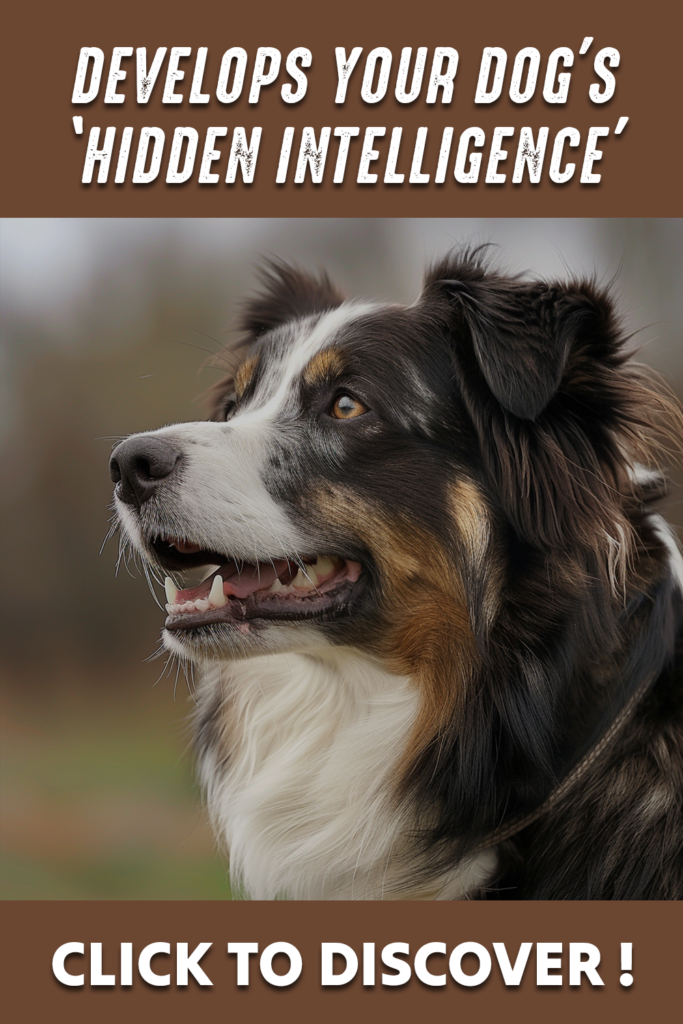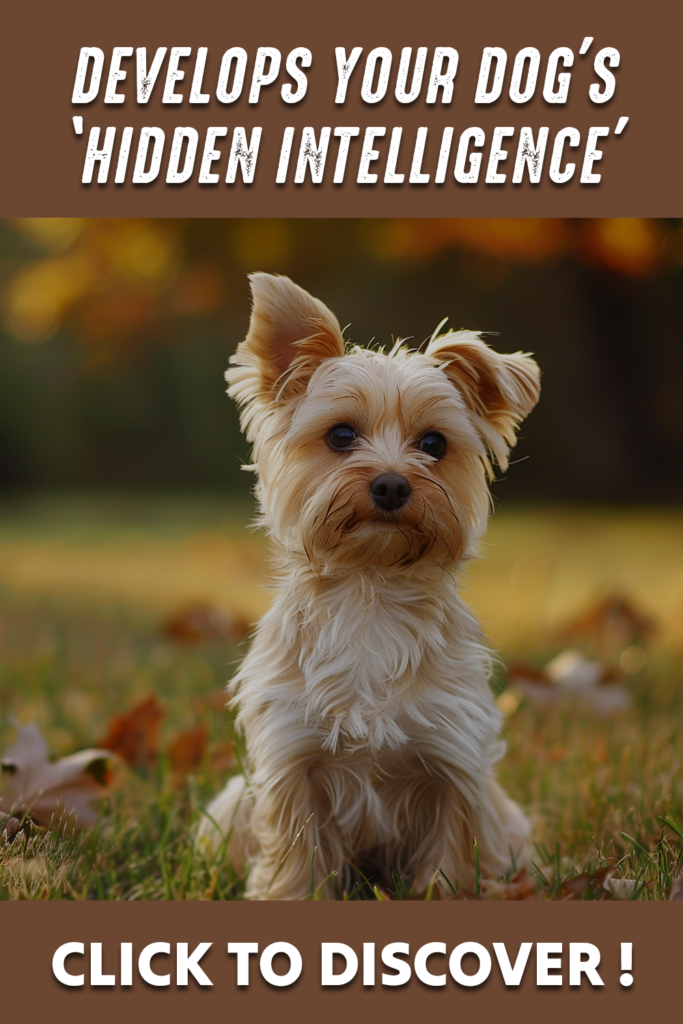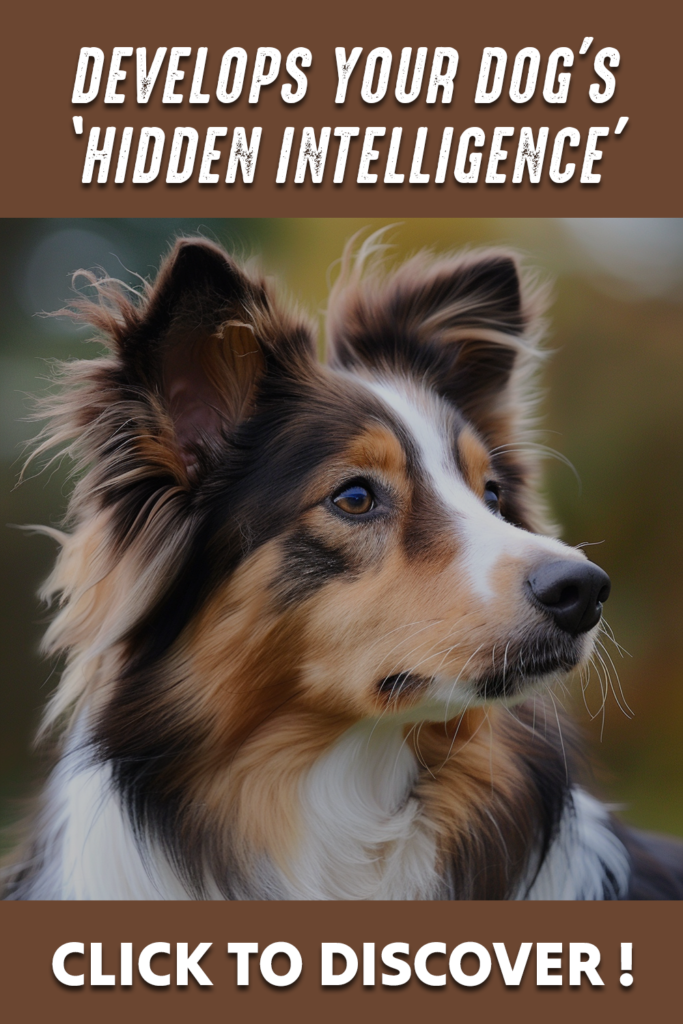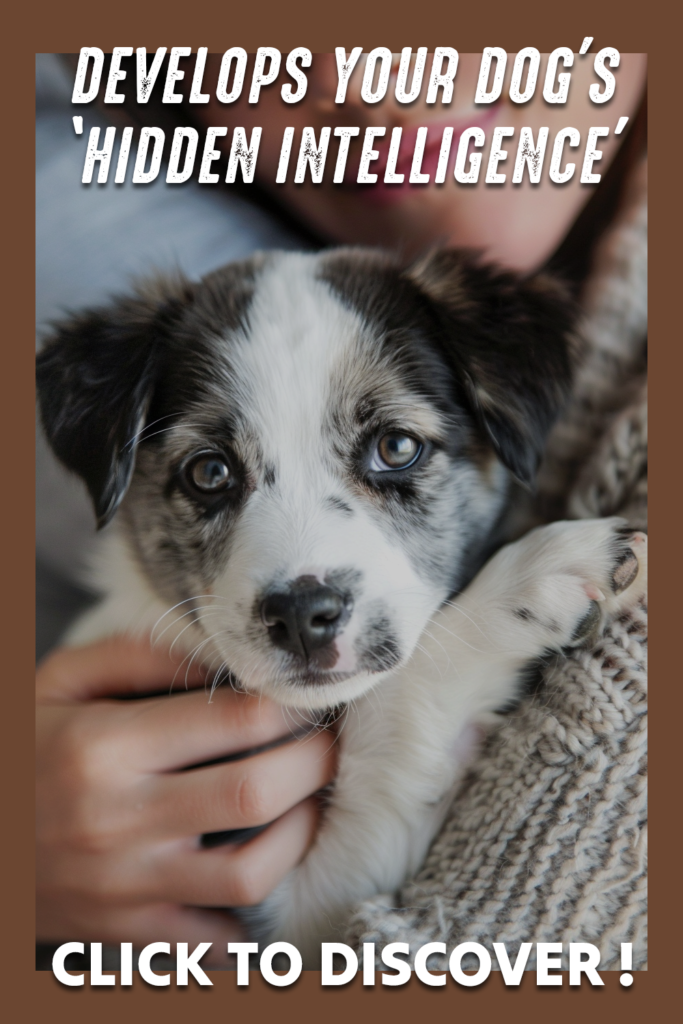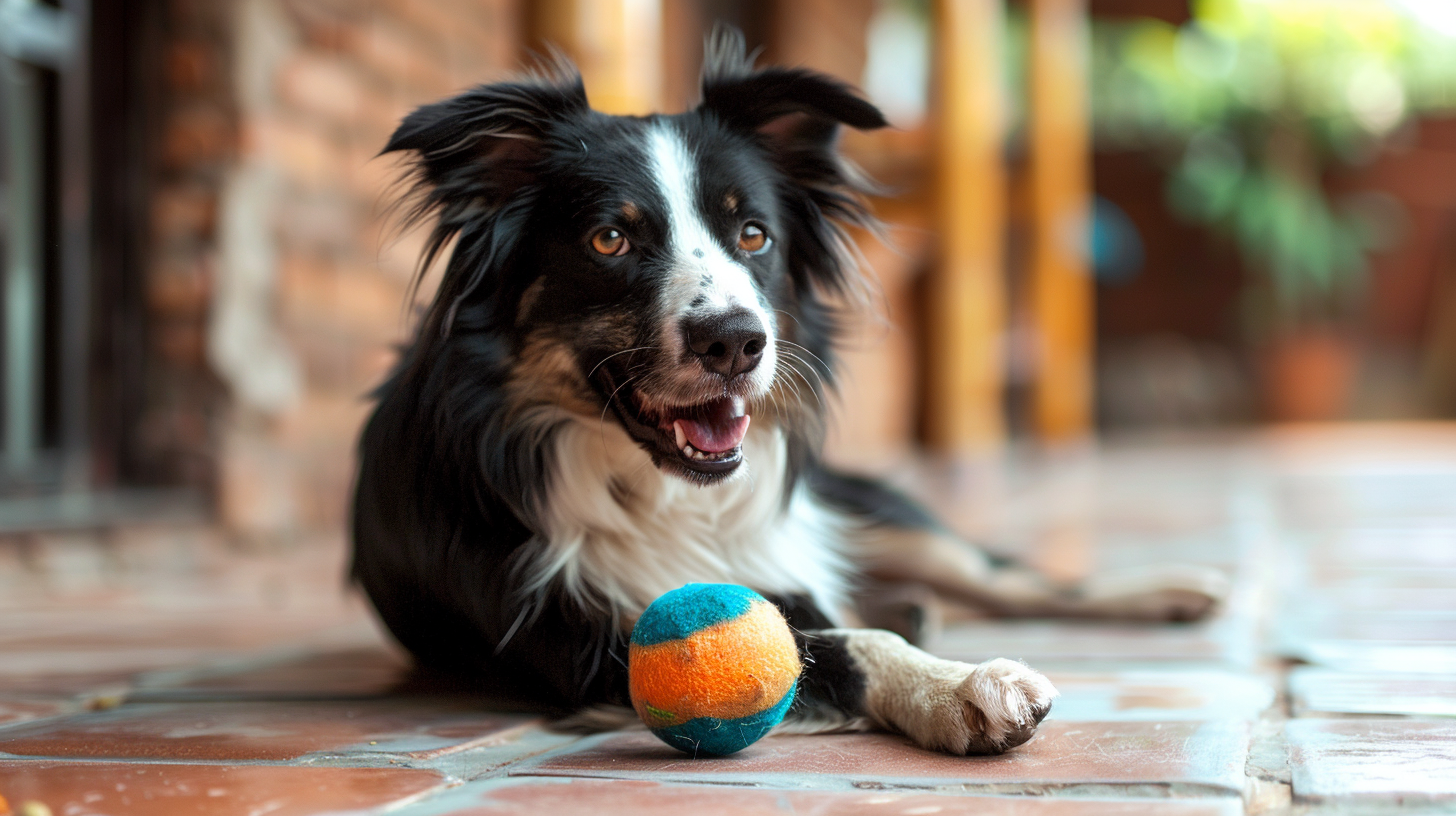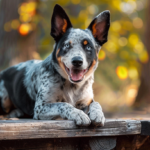Are you looking for ways to bond with your furry friend while enhancing their skills? Discover 20 fantastic games you can play with your dog to improve his intelligence, obedience, and behavior. Dogs thrive on mental and physical stimulation, and engaging them in interactive activities is not only fun but also essential for their overall well-being.
In this blog post, we’ll delve into the world of canine games, exploring how they can benefit your dog’s development and strengthen your bond. From classic games like fetch to innovative challenges that stimulate their senses, there’s something for every pup to enjoy. Get ready to unleash the fun and watch as your dog’s skills and behavior flourish!
But these games are not just about playtime—they’re about nurturing your dog’s mind, body, and spirit. So, whether you’re a seasoned dog owner or a new pup parent, join us as we explore the exciting world of canine games and embark on a journey to unlock your dog’s full potential.
Playing games with your furry friend isn’t just about having fun—it’s also an excellent way to stimulate their mind, reinforce obedience, and improve behavior. Dogs, much like humans, thrive on mental and physical stimulation. Engaging them in interactive activities strengthens the bond between you and your pet while providing numerous benefits. In this article, we’ll explore 20 fantastic games tailored to enhance your dog’s intelligence, obedience, and overall behavior.
The Airplane Game
Objective: The Airplane Game aims to build trust and improve your dog’s confidence by gently lifting them off the ground with their front paws while supporting their back legs.
Things and Objects Needed: A spacious area with a soft surface (grass or carpet), treats for positive reinforcement, and patience.
Engaging in the Airplane Game can foster a sense of security in your dog and strengthen your bond as they learn to trust you completely.
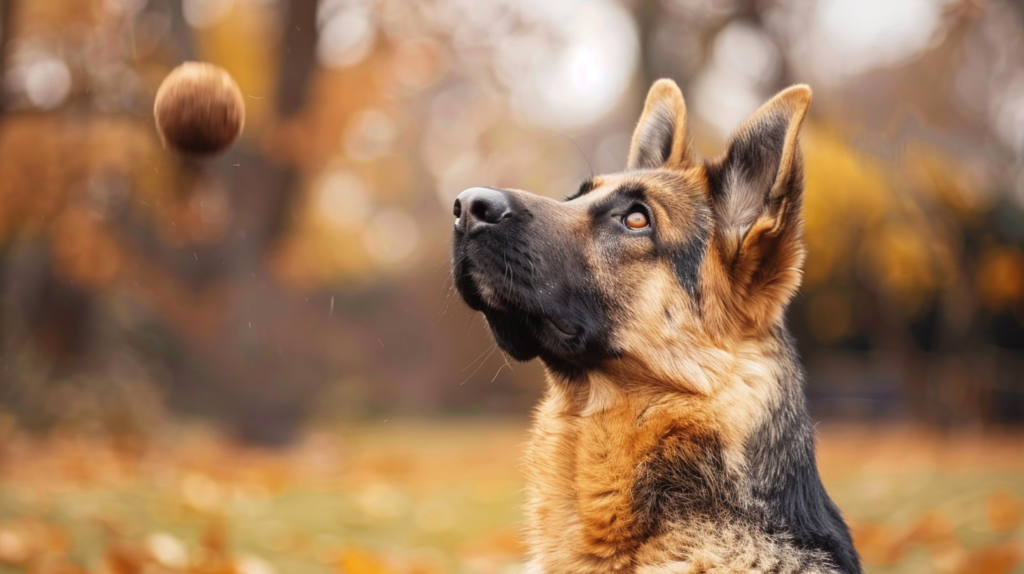
The Smacking Sound
Objective: The Smacking Sound game helps reinforce obedience by associating a specific sound with a desired behavior, such as sitting or staying.
Things and Objects Needed: Treats or a clicker for positive reinforcement, a quiet environment, and consistency in training.
By consistently pairing the smacking sound with positive reinforcement, your dog will quickly learn to associate the sound with the desired action, leading to improved obedience.
Fetch Challenge
Objective: The Fetch Challenge aims to enhance your dog’s retrieval skills and physical endurance.
Things and Objects Needed: A ball or toy suitable for fetching, a spacious area free from hazards, and treats for rewards.
Engaging your dog in the Fetch Challenge provides both physical exercise and mental stimulation, contributing to their overall well-being.
Tug of War
Objective: Tug of War is a fun way to strengthen your dog’s jaw muscles, reinforce obedience, and establish dominance hierarchy.
Things and Objects Needed: A sturdy rope or tug toy designed for dogs, clear rules to prevent aggressive behavior, and regular breaks to prevent overexertion.
While playing Tug of War, ensure you maintain control of the game to prevent your dog from becoming overly possessive of the toy.
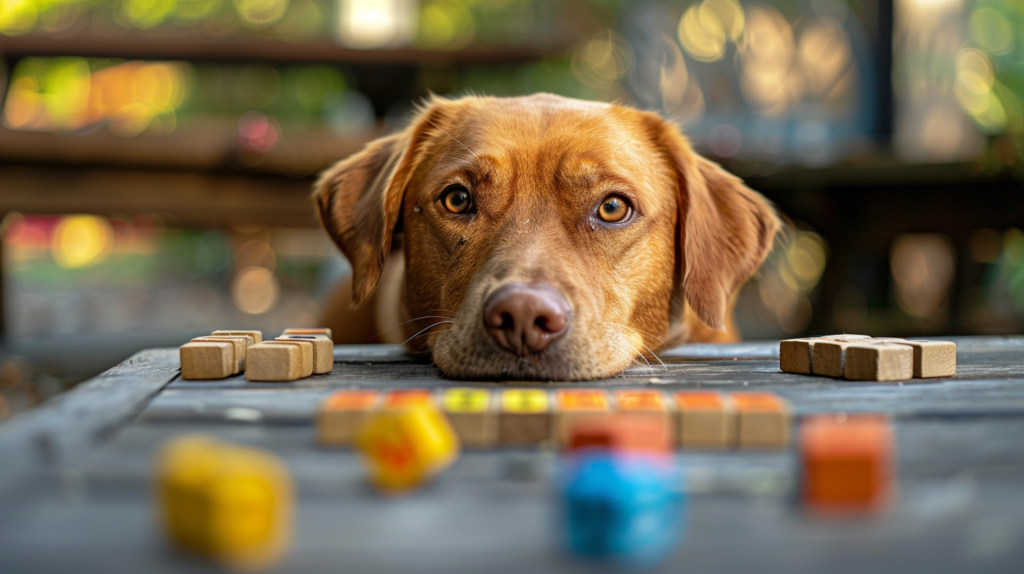
Hide and Seek
Objective: Hide and Seek encourages your dog to use their sense of smell and problem-solving skills to locate hidden objects or people.
Things and Objects Needed: Treats or favorite toys for hiding, a designated hiding spot, and patience during training.
Playing Hide and Seek with your dog taps into their natural hunting instincts and provides mental stimulation, making it an excellent indoor activity.
Puzzle Toys
Objective: Puzzle toys challenge your dog’s cognitive abilities and problem-solving skills while providing entertainment and mental stimulation.
Things and Objects Needed: Various puzzle toys of different difficulty levels, treats or kibble to place inside the toys, and supervision during playtime.
Introducing puzzle toys into your dog’s routine keeps them engaged and prevents boredom, promoting overall mental well-being.
Obstacle Course
Objective: An obstacle course helps improve your dog’s agility, coordination, and confidence as they navigate through various challenges.
Things and Objects Needed: Cones, hurdles, tunnels, and other agility equipment, treats for encouragement, and gradual progression in difficulty.
Designing an obstacle course tailored to your dog’s abilities provides physical exercise and mental stimulation, contributing to their overall health.
Catch the Tail
Objective: Catch the Tail game enhances your dog’s focus, coordination, and reflexes as they attempt to catch their own tail.
Things and Objects Needed: An open space free from obstacles, treats for rewards, and supervision to prevent overexcitement.
Playing Catch the Tail encourages your dog to engage in playful behavior while improving their motor skills and concentration.
Find the Treat
Objective: Find the Treat game encourages your dog to use their sense of smell and problem-solving skills to locate hidden treats.
Things and Objects Needed: Treats or kibble for hiding, various hiding spots of different difficulty levels, and patience during training.
Engaging your dog in Find the Treat provides mental stimulation and reinforces their natural hunting instincts, keeping them mentally sharp.
Scent Training
Objective: Scent training enhances your dog’s olfactory abilities and focus by teaching them to identify specific scents.
Things and Objects Needed: Scented objects or oils, treats for rewards, and a calm environment free from distractions.
Scent training taps into your dog’s natural abilities and provides mental stimulation, making it an enjoyable and rewarding activity for both of you.
Agility Training
Objective: Agility training improves your dog’s physical fitness, coordination, and confidence as they navigate through obstacle courses.
Things and Objects Needed: Agility equipment such as jumps, tunnels, and weave poles, treats for motivation, and gradual progression in difficulty.
Engaging in agility training strengthens the bond between you and your dog while providing both mental and physical stimulation.
Name Recognition Game
Objective: Name recognition game teaches your dog to respond to their name promptly, reinforcing obedience and communication skills.
Things and Objects Needed: Treats for rewards, a calm environment for training, and patience during the learning process.
Consistent practice of the Name Recognition Game enhances your dog’s responsiveness and strengthens your communication bond.
Water Fetch
Objective: Water fetch provides a refreshing way to engage your dog in physical activity while improving their swimming skills and confidence in water.
Things and Objects Needed: A safe body of water (such as a pool or lake), a floating toy or ball, and supervision during water play.
Engaging your dog in water fetch promotes physical fitness and mental stimulation while keeping them cool and refreshed.
Treasure Hunt
Objective: Treasure hunt game encourages your dog to use their sense of smell and problem-solving skills to locate hidden treasures.
Things and Objects Needed: Treats or favorite toys for hiding, a designated search area, and patience during training.
Playing treasure hunt taps into your dog’s natural instincts and provides mental stimulation, keeping them entertained and mentally sharp.
Chase the Bubbles
Objective: Chase the bubbles game provides a fun way to engage your dog in physical activity while improving their coordination and focus.
Things and Objects Needed: Non-toxic bubble solution, a bubble wand, and a spacious area free from obstacles.
Chasing bubbles stimulates your dog’s prey drive and provides mental and physical exercise, making it a delightful activity for both of you.
Backyard Ball
Objective: Backyard ball game enhances your dog’s retrieval skills, coordination, and physical endurance through interactive ball play.
Things and Objects Needed: A durable ball suitable for outdoor play, a spacious backyard, and treats for rewards.
Engaging in backyard ball games provides both physical exercise and mental stimulation, contributing to your dog’s overall well-being.
Balance Beam
Objective: Balance beam game improves your dog’s coordination, body awareness, and confidence as they navigate along a narrow beam.
Things and Objects Needed: A sturdy beam or board, treats for encouragement, and patience during training.
Practicing balance beam exercises strengthens your dog’s core muscles and enhances their overall agility and coordination.
Follow the Leader
Objective: Follow the leader game reinforces obedience and strengthens the bond between you and your dog as they mimic your actions
Things and Objects Needed: Treats for rewards, a clear and open space for movement, and patience during the game.
Playing Follow the Leader allows you to guide your dog through various movements, encouraging them to mimic your actions and reinforcing obedience.
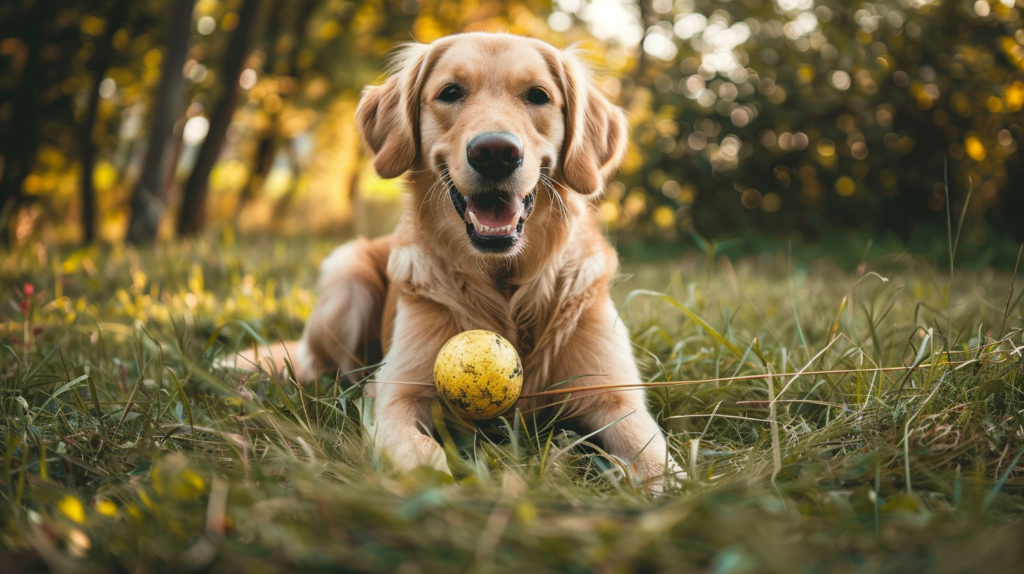
Troubleshooting Problems
While playing these games, you may encounter some common issues. Here are a few troubleshooting tips:
- Lack of Interest: If your dog seems disinterested, try using higher value treats or toys to increase motivation.
- Overexcitement: If your dog becomes too excited during play, take short breaks to calm them down before resuming.
- Aggressive Behavior: If your dog displays aggression during games like Tug of War, immediately cease the activity and seek professional guidance on how to address the behavior.
- Lack of Progress: If your dog struggles to grasp a particular game, break down the steps into smaller, more manageable tasks and gradually increase difficulty.
- Safety Concerns: Always prioritize safety during playtime. Ensure the environment is free from hazards and supervise your dog closely to prevent accidents.
By addressing these troubleshooting problems effectively, you can ensure a positive and enjoyable experience for both you and your furry companion.
FAQs (Frequently Asked Questions)
Q: How often should I play these games with my dog? A: It’s recommended to incorporate interactive play sessions into your dog’s daily routine to provide mental stimulation and physical exercise. Aim for at least 15-30 minutes of playtime each day.
Q: Can all dogs participate in these games? A: Most dogs can participate in these games, but it’s essential to consider your dog’s age, health, and physical limitations. Adjust the intensity and duration of the games accordingly.
Q: How can I ensure my dog’s safety during playtime? A: Always supervise your dog during playtime to prevent accidents or injuries. Remove any potential hazards from the play area and choose toys and activities appropriate for your dog’s size and breed.
Q: What if my dog loses interest in the games? A: If your dog loses interest, try introducing new toys or varying the games to keep them engaged. Additionally, incorporating treats or praise as rewards can help maintain interest and motivation.
Q: Are there any games that are particularly beneficial for certain breeds? A: Certain breeds may excel in specific types of games based on their natural abilities. For example, herding breeds may enjoy agility training, while scent hounds may thrive in scent-based games like Find the Treat.
Q: How can I prevent my dog from becoming overly competitive or aggressive during play? A: Establish clear rules and boundaries during playtime, and intervene immediately if your dog displays aggressive behavior. Encourage positive interactions and provide ample opportunities for your dog to release excess energy through physical activity.
Engaging in these 20 fantastic games with your dog can not only enhance their intelligence, obedience, and behavior but also strengthen the bond between you and your furry companion. By incorporating interactive play sessions into your daily routine, you’ll provide your dog with the mental stimulation and physical exercise they need to thrive.
Enhance Your Dog’s Skills with 20 Fantastic Games!
In conclusion, interactive play is a vital component of your dog’s overall well-being. By engaging in these games regularly, you’ll not only stimulate their mind and body but also foster a deeper connection with your canine companion. So, grab your dog’s favorite toy and get ready for some fun-filled playtime!


